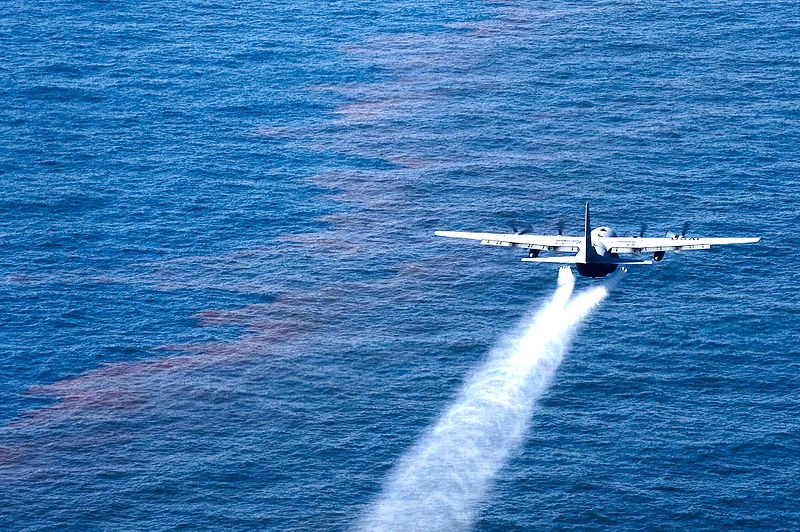Lawsuit seeks better regulation of oil spill dispersants

A coalition of fishing, conservation, wildlife and public health groups based in the Gulf Coast and Alaska has filed a citizen lawsuit under the federal Clean Water Act to force the Environmental Protection Agency to stop dragging its feet and issue new rules for chemical dispersants used on oil spills.
The watchdog groups argue that the current rules -- which mandate only minimal toxicity testing and do not set a safe exposure threshold -- do not meet the act's requirements.
"We're disappointed that the agency doesn't seem to understand the widespread public urgency to initiate this rulemaking process," says Jill Mastrototaro, director of the Gulf Coast Protection Campaign for Sierra Club, one of the parties to the suit. "If a spill or blowout happened tomorrow in the Gulf of Mexico, or any U.S. water for that matter, any dispersant that is used would not necessarily be safe for the waters, ecosystems, response workers, or nearby communities."
During the BP Deepwater Horizon disaster in 2010, nearly 2 million gallons of chemical dispersants were sprayed into the Gulf in an effort to break up the oil slick. Many cleanup workers and local residents complained of adverse health effects that they blamed on the dispersants, which are a blend of petroleum-based surfactants and solvents that cause oil to form into droplets and fall to the ocean floor.
The primary dispersants used following the BP disaster were Corexit EC9500A and EC9527A manufactured by Illinois-based Nalco. The official safety data for Corexit EC9527A notes that "excessive exposure may cause central nervous system effects, nausea, vomiting, anesthetic or narcotic effects." It also says that version of Corexit includes 2-butoxyethanol, warning that "repeated or excessive exposure to butoxyethanol may cause injury to red blood cells (hemolysis), kidney or the liver ... Prolonged and/or repeated exposure through inhalation or extensive skin contact with EGBE [butoxyethanol] may result in damage to the blood and kidneys."
A recent scientific study found that the type of dispersants used in the BP disaster hurt phytoplankton and ciliates, a key link in the marine food chain. Meanwhile, oil that was not treated with dispersants degraded while floating on the water's surface and thus caused no significant damage to the microorganisms.
In October 2010, the watchdog groups involved in the lawsuit sent EPA a notice of intent to sue in order to spur new rules on dispersants. Since then, more than 5,000 Gulf Coast residents have petitioned the agency to begin comprehensive testing of oil dispersants and to create regulations that set out safety criteria for their use, including proper quantities and waters where they may or may not be used. But the EPA has not yet taken action.
Earthjustice, a public interest environmental law firm, filed the suit on behalf of the Louisiana Shrimp Association, Florida Wildlife Federation, Gulf Restoration Network, Louisiana Environmental Action Network, Alaska-based Cook Inletkeeper, Alaska Community Action on Toxics, Waterkeeper Alliance and Sierra Club.
"The Clean Water Act requirements have been in place for decades," says Cyn Sarthou, executive director of the Louisiana-based Gulf Restoration Network, "but administration after administration has failed to comply with the law."
(U.S. Air Force photo of a C-130 spraying dispersants on the 2010 Gulf oil spill by Technical Sgt. Adrian Cadiz.)
Tags
Sue Sturgis
Sue is the former editorial director of Facing South and the Institute for Southern Studies.
